The Power of the Land beneath our Feet
Tags
- thirteen (4)
- stories (3)
- book lists (2)
- circus (2)
- folklore (1)
- ghost stories (1)
- history (1)
- storytime (1)
- word lists (1)
Archives
- November 2025 (1)
- September 2025 (1)
- August 2025 (1)
- July 2025 (1)
- February 2025 (2)
- January 2025 (1)
- November 2024 (1)
- October 2024 (4)
- September 2024 (1)
- August 2023 (1)
Sharon Blackie recently wrote an article on Substack about what she terms "psychogeology", the way in which the land upon which we live influences our entire being. In her case, she relates most strongly to the granite of Donegal and gneiss of the Isle of Lewis - strong rocks which have been formed by intense pressures over millenia:
"Metamorphic rock – yes, metamorphic: a word shot through with all the possibilities of transformation that I could ever want. How could such a place not define me? It changes in form, it adapts to whatever storms and stresses may come along. It is phoenix rock, emerging renewed from temperatures greater than 1,500 degrees Celsius and pressure that is greater than 1,500 bars. Such things of necessity cause profound change if you mean to survive them. More than simply transformed, this rock has endured, and there are times in everyone’s life when endurance matters"
(If Women Rose Rooted)
Which all got me to thinking....is there some particular geology that (literally) grounds me? And guess what? She's right - there is a through-line of landscape linking the places in which I have felt most at home, where I have connected most deeply & found a sense of belonging.
As I have written in previous posts, the formative years of my childhood were spent on the border of Norfolk & Suffolk, the flat lands of East Anglia. Really flat - the highest point in Norfolk rises a whole 338' above sea level.
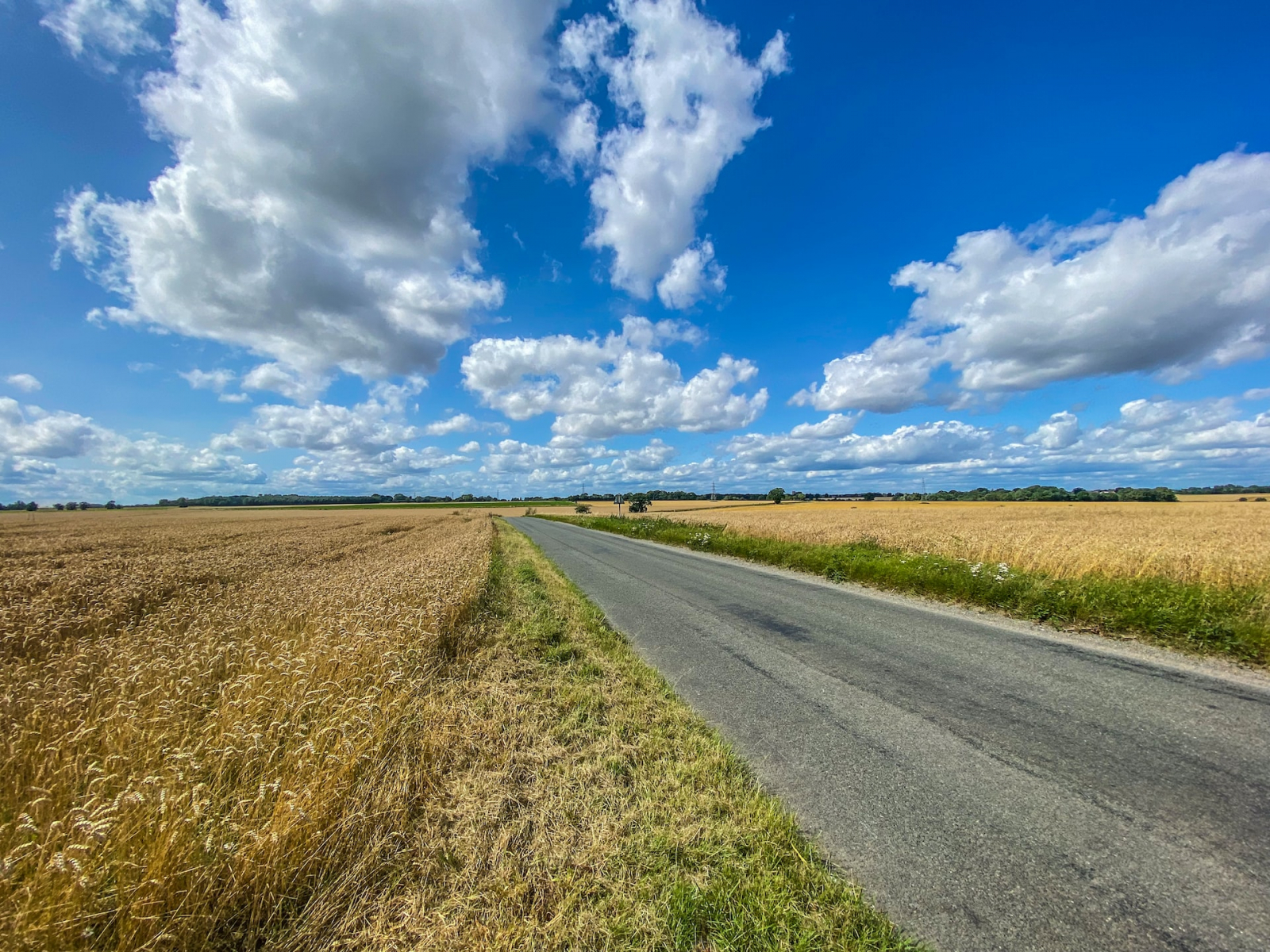
One reason for this is that whole swathes, especially the Fens, are actually reclaimed land, drained largely by Dutch engineers in the 17th century. Several of them come with most atmospheric names: the Great Level, Deeping Fen, the Black Sluice definitely conjure images of strange doings in my mind.
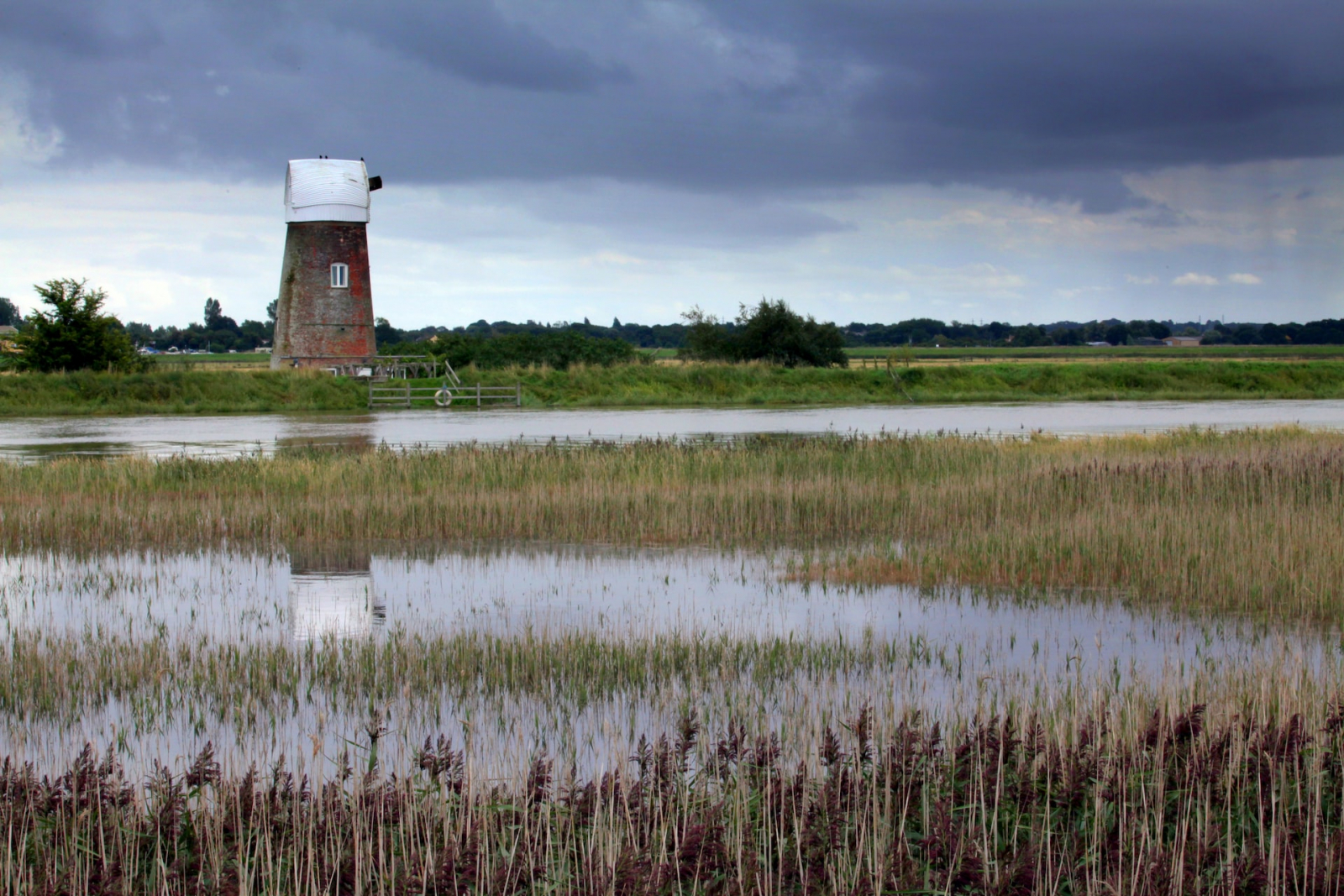
All this reclamation and peat-rich land makes for some very fertile soil and a landscape suited to large-scale agricultural machinery, hence massive tracts (by English standards) of wheat. Perhaps it also explains why I find Children of the Corn one of the most disturbing of cheesy horror movies?
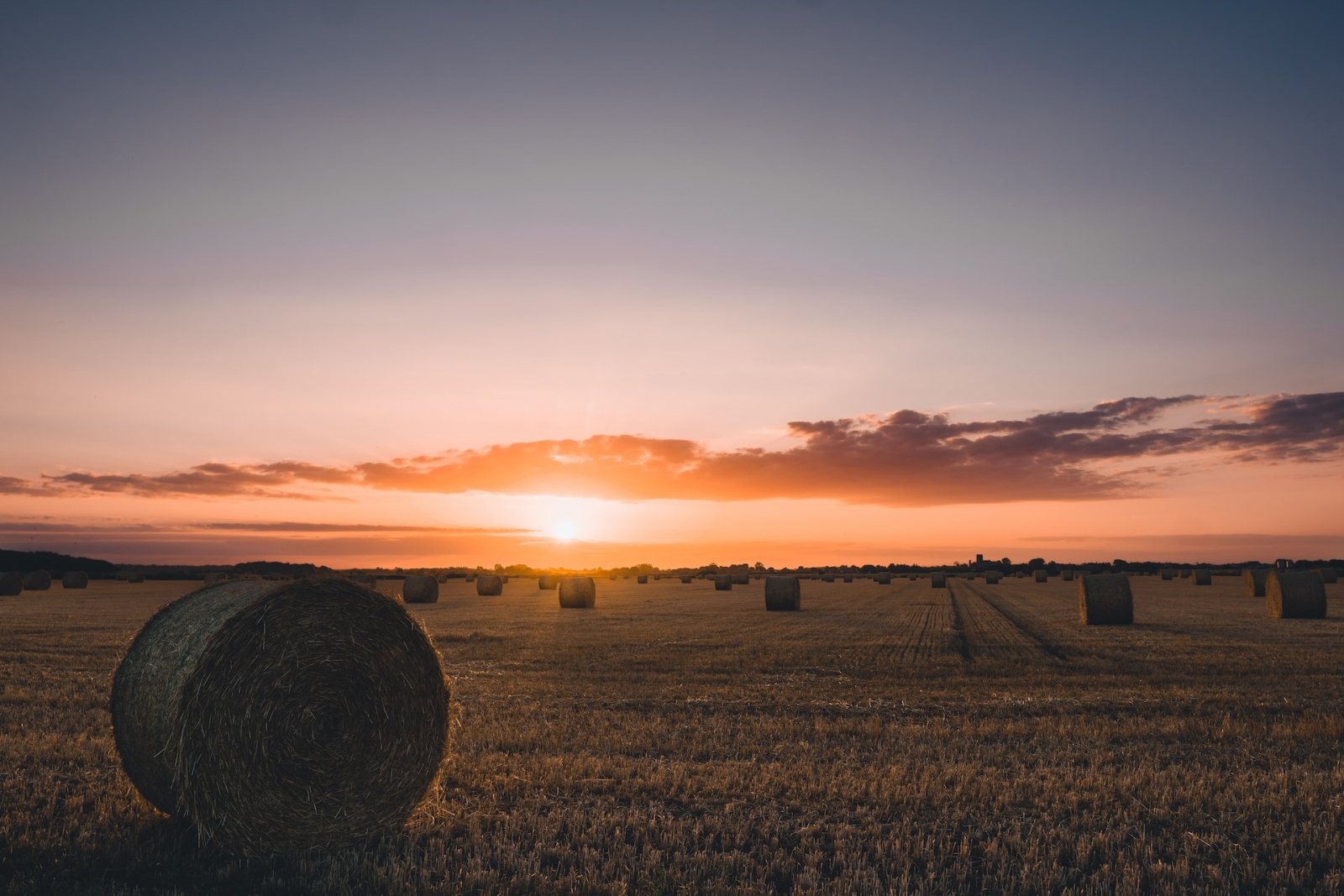
These days I live in Somerset, specifically having moved a few years ago from the northern slopes of the Mendip hills onto the edge of the Levels. Here I find an affinity with the land that was missing in the hills, and I constantly spot parallels with that landscape of my childhood, albeit with a few more small hills (locally known as mumps)
.jpg)
The land here was also drained in order to make it usable, although much of it predates those East coast Dutch efforts, having begun in the 12th century around Glastonbury Abbey.
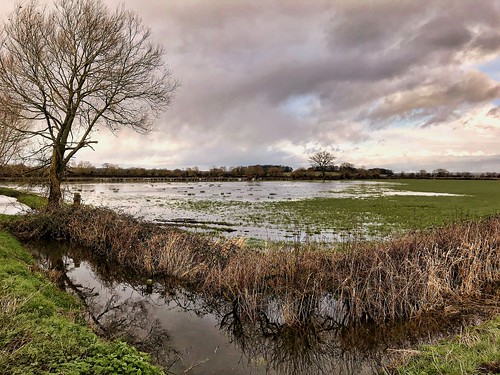
No vast arable tracts here, though - the choice of West Country farmers is grass for dairy herds which are responsible for some rather tasty cheeses. After all, the village of Cheddar is located here..
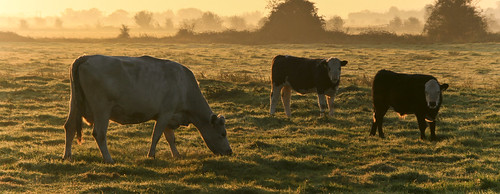
Provoked into thinking about these landscapes by Dr. Blackie's article, I realised that both areas display an unusual balance . Water is always threatening to reclaim the land, ever-present in marshes and ditches, and over both arcs an enormous sky. They are liminal lands, existing on the cusp of all three elements - earth, air, and water, as well as places of deliberate creation by our ancestors.
Taking disparate materials and willfully creating something new and magical is something I try to do every day - not that I will ever match the beauty of these places in which I have been fortunate enough to dwell. The legacy of elemental creation, of mankind working so closely with the elements, shaping them into new forms while still honouring Nature is a constant influence. And over all is that huge, everchanging sky shedding so much light and yet creating the shadows too, shadows in which so many stories lurk. Time to go write some of them down....



